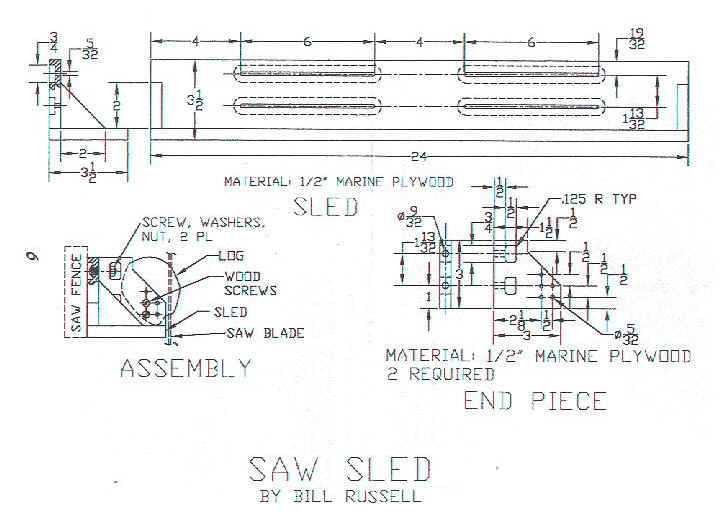 |
TIPS |
 |
TIPS |
HOW TO SELECT & USE A SCROLL SAW
Bill
Russell asked me to write an article on this subject for the SMA newsletter over
four years ago.
Considering how much I hate writing, I'm glad I can promptly comply with
his request.
I
feel using a scroll saw in the construction of model ships requires a different
approach than using one in general craft work such as sawing out large patterns.
We work with small parts and many times have to saw a straight line
precisely, which is hardly ever required in craft work.

My
desire to buy a scroll saw heightened after using a jewelers saw with an 8/0
blade (.010 in. wide X .0065 in. thick) to saw out the above scroll work for a
1:96 ship.
It took me an 2 hours to complete the task including mistakes and two
broken blades.
I thought using a scroll saw would be a better way but didn't know if one
could successfully use an 8/0 blade in a scroll saw.
I helped man an SMA booth at a Long Beach woodworking show and took the
opportunity to approach RBI and Hegner scroll saw booths with an 8/0 blade I had
brought with me.
I asked them to demonstrate using the 8/0 blade in their saws.
Hegner asked me to come back later in the day when there were less people
around.
RBI said 'sure", mounted the blade in the saw and cut out a very
small free hand part out of thin hardwood.
I was impressed!!
Now I knew It could be done, but I couldn't afford the $1100 - $13000
price of the RBI.
The RBI guy said the secret was to run the saw at 300 spm or s lower and
to work slowly and carefully.
Conveniently,
an article rating 23 scroll saws appeared in the October, 1996 issue of WOOD
magazine.
It described the Delta 40-650 as "The most innovative saw in the
test; loaded with features, plus smooth performance." I bought one from
Abbey Tools at a woodworking show (the best prices can be negotiated at a
woodworking show), after they guaranteed the saw would work with an 8/0 blade.
It did work with the saw operated at 300 spm.
Since then, Dewalt has come out with the DW788 scroll saw identical to
the Excalibar saw which was top-rated in the WOOD article.
So, when your are shopping for a scroll saw for ship modeling make sure
it is a variable speed saw with the slowest speed no higher that 300 spm, and
that it operates smoothly so you can use blades as small as 8/0.
For most of my scroll sawing I use a 2/0 "reverse tooth" blade.
The reverse tooth results in the bottom of the part being just as smooth
as the top.
I work normally at the slowest saw speed (300 spm for the Delta) and do
not force the wood through the saw but let the saw do the cutting.
You can buy 2/0 reverse tooth blades from WILDWOOD DESIGNS.
I also use my 4X binocular magnifier so I can see what I am sawing.
In fact I use the magnifier even while gluing parts, rigging, painting
--- all operations of ship modeling, because I find I can see what I'm doing so
much better AND my hands are MUCH steadier when performing small delicate
movements.
In
conclusion, I feel the scroll saw has been one of the most useful tools I've
acquired for building ship models.